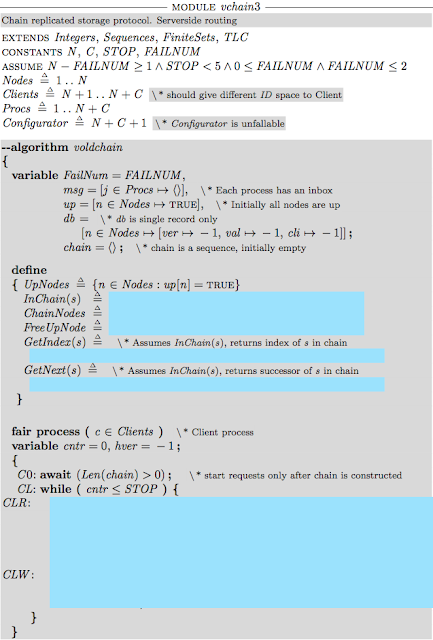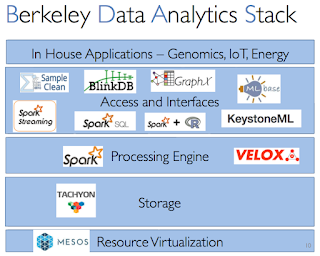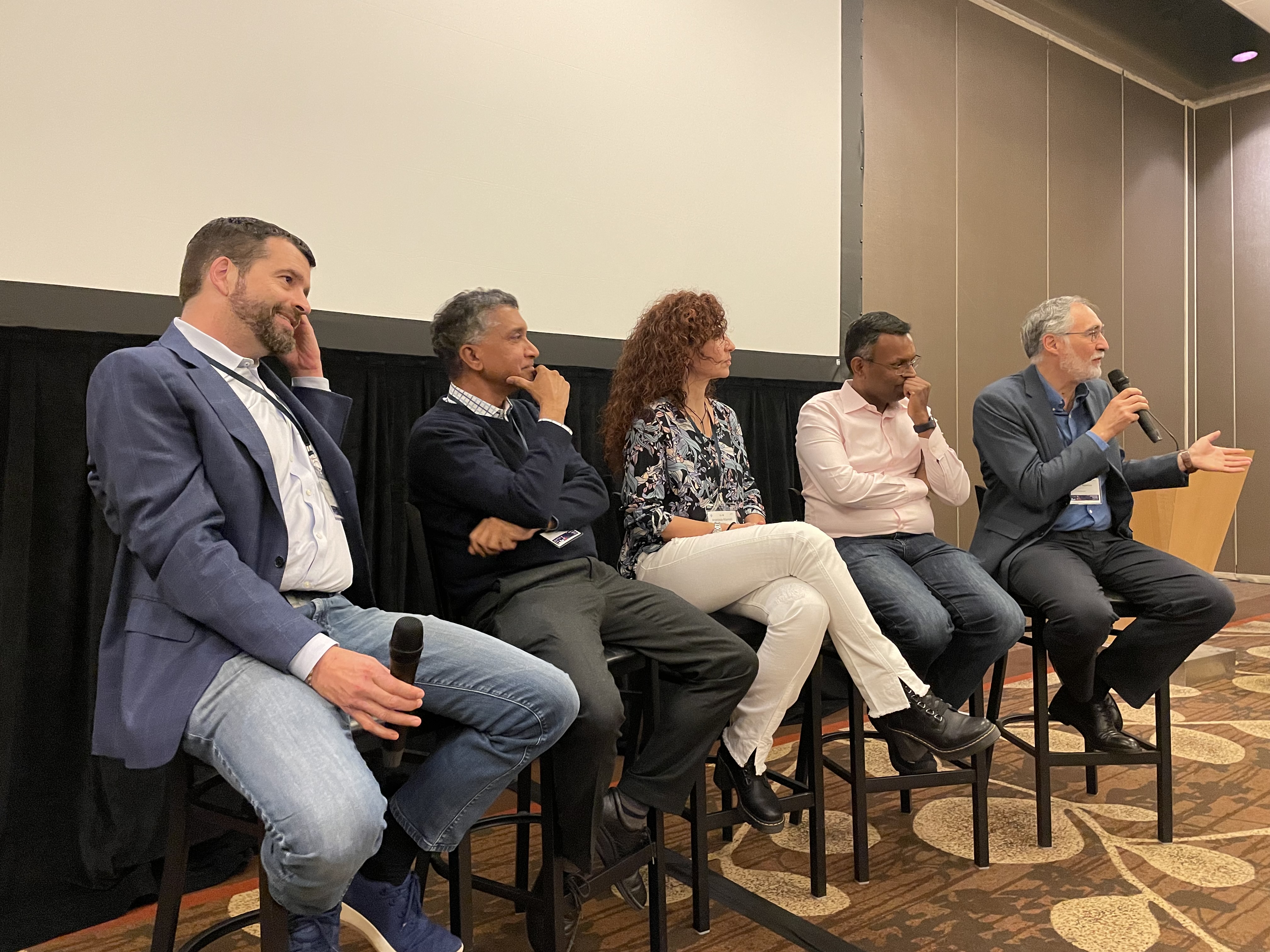Selected blog posts from 2016
This is my 42nd post for the year. As is the custom in a year-end post, I mention some highlights among my 41 posts in 2016. Machine Learning Learning Machine Learning: A beginner's journey. I wrote this to quickly recap about what I found confusing and useful while I learned about machine learning. I had no idea this would blow up. This received the most pageviews: 45,000 and counting. TensorFlow: A system for large-scale machine learning. Facebook papers Realtime Data Processing at Facebook. Measuring and Understanding Consistency at Facebook. Holistic Configuration Management at Facebook. Fault-tolerance Why Does the Cloud Stop Computing? Lessons from Hundreds of Service Outages. TaxDC: A Taxonomy of nondeterministic concurrency bugs in datacenter distributed systems. Distributed Coordination Modular Composition of Coordination Services. Make sure you read the comment at the end, where one of the authors Kfir Lev-Ari provides answer










